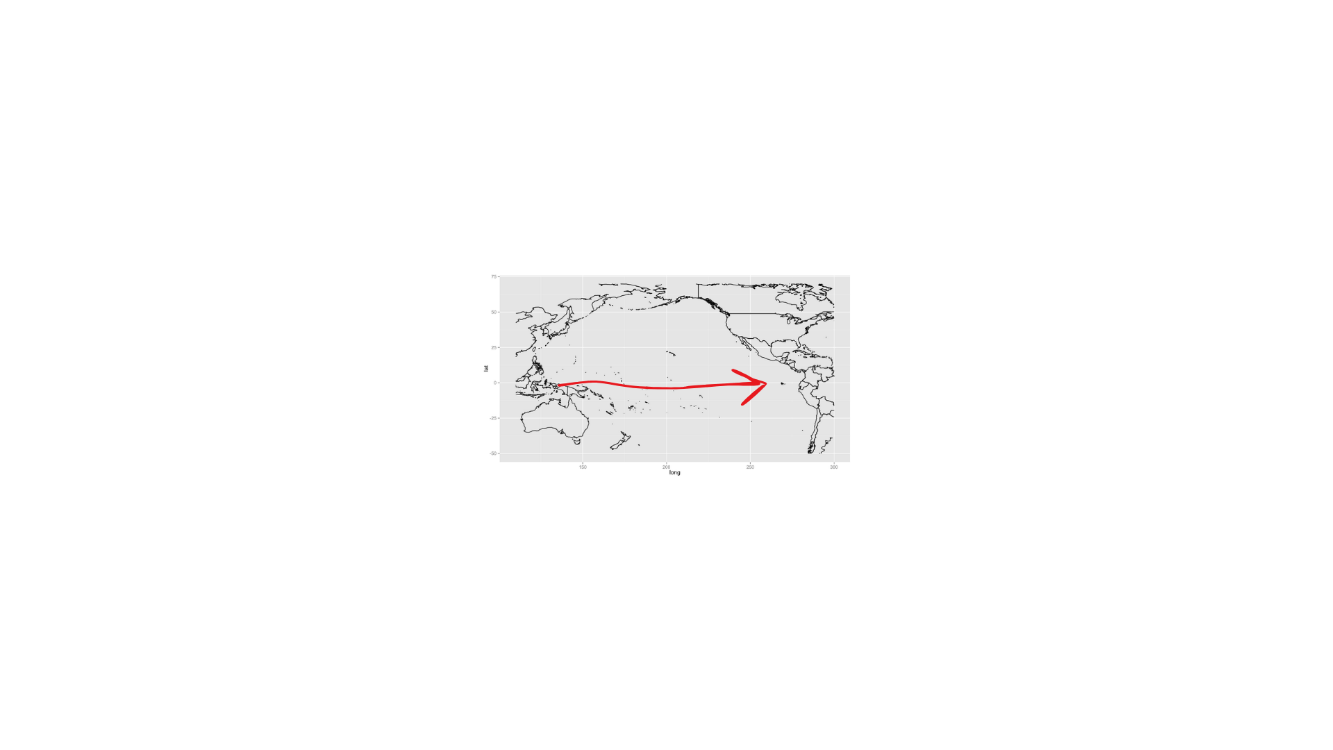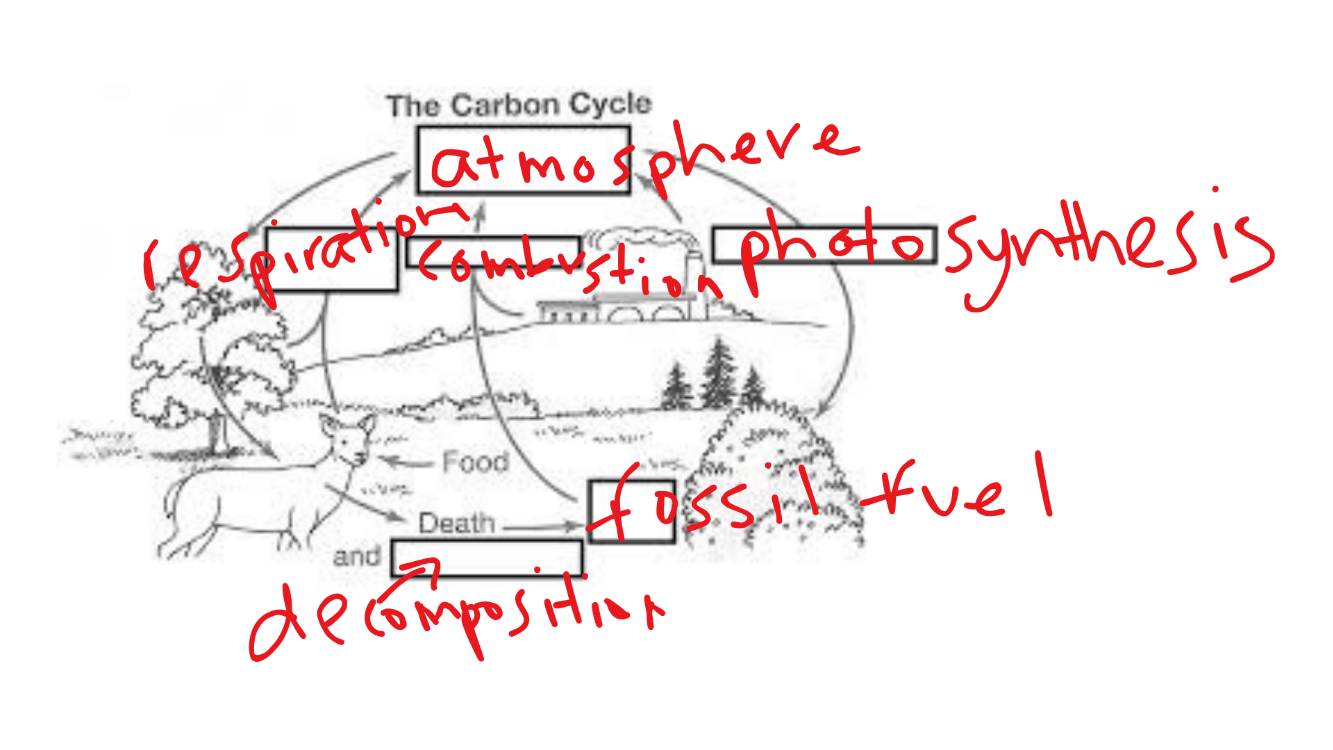Give one example of a non renewable energy resources.
What is coal, oil, petroleum, or nuclear energy?
Name 2 greenhouse gases.
What is nitrous oxide, methan, carbon dioxide, and water vapor?
Process in which plants take in carbon dioxide.
What is photosynthesis?
Where does an El Nino occur? (Be specific)
What is the pacific ocean along the equator?
Give one example of a renewable resource.
What is solar, wind, biomass, geothermal, and hydropower?
If humans continue to use non renewable resources carelessly, explain the amount of non renewable and renewable resources in 200 years.
What is there will be non renewable energy left but renewable energy will be still prominent?
Define greenhouse gas.
What is a gas that traps heat within the atmosphere?
Describe 2 ways carbon is released into the atmosphere.
What is combustion, respiration, evaporation?
Describe how volcanoes increase temperature.
What is volcanoes release water vapor and carbon dioxide which are greenhouse gases?
True or False: Volcanoes release 50 billion units of carbon dioxide into the atmosphere whereas human activity only releases 50,000 units.
What is false?
The form of energy that is most used in the US.
What is nuclear energy?
Describe what would happen to earth without the greenhouse effect.
What is heat would not become trapped, therefore, earth would be very cold and most life would most likely not survive?
Describe 2 ways carbon is removed from the atmosphere.
What is photosynthesis and ocean acidification?
Describe how volcanoes temporarily decrease temperature.
What is SO2 creates a layer of smoke, blocking the sun, lowering the temperature?
Name one way increased greenhouse gases affects weather.
What is increased temperatures lead to increased evaporation which can lead to heavy rainfall and tropical storms?
Define renewable energy.
What is energy that is replenished as it is used?
Describe how human activity contributes to greenhouse gases within the environment.
What is burning fossil fuels, deforestation, agriculture, ranching (methane)?
List 2 long-term carbon reservoirs.
What are fossil fuels and the ocean?
Specifically describe why an el Nino negatively affects fish populations.
What is warm water rises to the water surface instead of cold water? The warm water does not carry nutrients like the cold water does. Therefore, the fish don't have nutrients they normally would.
Label an el nino on the following map. Include the correct direction of the current.


List the disadvantages and advantages of each:
- solar energy
- coal
- nuclear energy
- biomass energy
What is?
Solar energy: Can be expensive/very available
Coal energy: health and environmental risks/cheaper
Nuclear energy: releases byproducts into environment/does not release carbon dioxide
Biomass: expensive to gather and store/very available
(some other answers besides these could be accepted per teacher's discretion)
Relate greenhouse gases to global warming, glaciers, and sea level.
What is increase greenhouse gases lead to global warming, causing glaciers to melt due to the increased temperature, sea level rises due to the water trapped in the glaciers now entering the ocean?

Fill in all blanks on the carbon cycle diagram.
What is
Describe the weather/climate that occurs during an el Nino. (include both west and east side of the pacific ocean).
What is on the west end of the pacific ocean, there are droughts and fires? What is on the east end of the pacific ocean, there are floods and hurricanes?
Describe how coal is turns into energy for your home.
What is coal is burned, heating up water. ((100 pts.)
The water vapor is trapped spins a generator to create electrical energy. (100 pts.)
A transformer increases the voltage. (100 pts.)
The energy travels among the grid. (100 pts.)
Before energy enters the house, it goes through another transformer, lowering the voltage back down. (100 pts.)